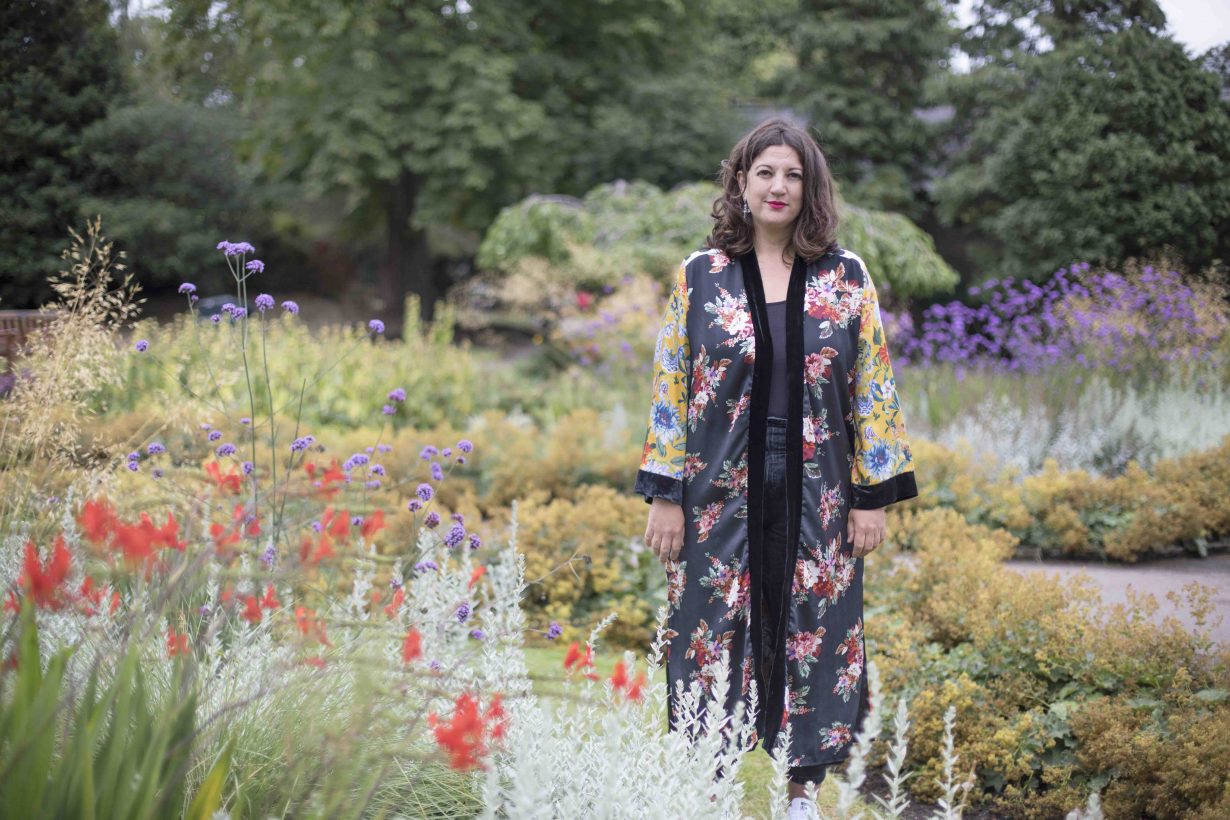In our series of interviews with the artists of the Brent Biennial, meet Avant Gardening
Avant Gardening is an artists’ collective set up by artist Polly Brannan and producer Paul Green, whose work investigates social spaces, communication and the urban environment. Begun in 2008, previous commissions range from workshops on housing estates to gallery-based exhibitions. Their practice is highly collaborative, always site-specific, minding the stories and history of a place and the people who live and work there. At the Community Library at Barham Park, for the Brent Biennial, they have explored the history of the library, park and the wider local area to craft new stories with schools and local communities through workshops with children and families, and other local residents.

Photo: © Roy Meht
ArtReview Can you tell me a bit about the aims of your work together?
Paul Green We are very interested in the open spaces that people share as well as having a concern for the environment. We come from an art background but wanted to work with communities to explore the places in which they inhabit. We work in lots of ways but use gardening as a starting point because it’s very democratic. A lot of people might say ‘I can’t do art’ or ‘I don’t understand art’ but everyone can plant a bulb, and once you start working with people through gardening, the conversations start. From there we start to explore their relationship with the world around them.
Polly Brannan I always remember this moment when there was a threat of being fined if you didn’t recycle. It was just as Avant Gardening was starting to do big projects. I remember thinking that policy was such a failure because it forgot about education – it didn’t explain why you should recycle, just threatened you. Nothing is going to change with that attitude. So we always seek out diverse partners to work with, whether it be galleries, or the NHS. We have run public programmes, such as for the Radical Nature (2009) show at the Barbican, and much longer-term projects such as our current work with a housing estate in Woolwich [south east London] to find out what residents might want from the communal spaces and then work with them to gradually improve it. The aim is to give ownership of those spaces to the local people.
AR Can you tell me a little about your project for the biennial?
PB In essence it’s about connecting residents with local green spaces and the history behind those spaces. We are working with the Community Library at Barham Park, which is run by volunteers. Many libraries were forced to close in the face of cuts and austerity and the local residents fought to keep theirs open. As such it is a very significant and important place for the community, it represents that area and their fight.

PG The park in which the library stands has a very interesting history. During the industrial revolution it was the site of a dairy and then the family who owned the site built this garden as a way of philanthropy.
PB It’s like the book Tom’s Midnight Garden (1958), you would never know it’s there. The library is on the side of a very busy road. The manor which used to dominate this site has long gone, but the park is full of relics from when it was part of this estate. It’s such a special place, so full of stories which we wanted to work with the library’s volunteers and users to unravel. There are these parallel histories of the park being a private garden that’s been given to the community, and the library as a place that the community has had to take over. When you share histories, when you share stories, it’s a way of shaping the future. So that became our starting point. From there we worked with various groups, including children, to create stories primarily for children, the physical outcome of which is printed matter beautifully illustrated by artist Emily Rand, in the form of an activity book, and a giant concertina storybook, as well as podcasts and events in which the stories will also be told.
AR How has the pandemic affected all this?
PB During the lockdown people became almost like flaneurs of their local area, discovering the stories local to them that they had been too busy to discover before. I’m interested in finding out more about that, and the impact of that, as well as how green spaces were suddenly appreciated as places of refuge or places of healing.
AR And on a practice level?
PB Obviously we wanted to meet the deadline, and we could have thought, well we aren’t able to meet up with people and work with them like we normally do, so let’s just resolve this by ourselves and move on. The reality is we just can’t work like that, it goes against the whole idea of Avant Gardening. So we had to wait, and we had to find new ways of making those connections. Now of course, though the library is open, there are so many new rules: about how school children can go off-site etc. How do you create work with people when you can’t be with them? You can’t do that over email or the phone, you can’t build those relationships that way. So how do we adapt our practice? The impact of coronavirus on many of the communities we work with has been huge, and it feels like the stuff we aim to achieve in terms of story building and workshopping is more important than ever. Libraries are so important within all this. We’re not always interested in being useful, but right now we feel it is very important that we are of use.